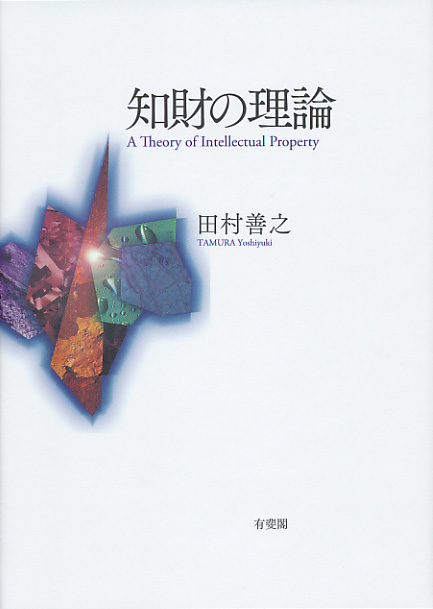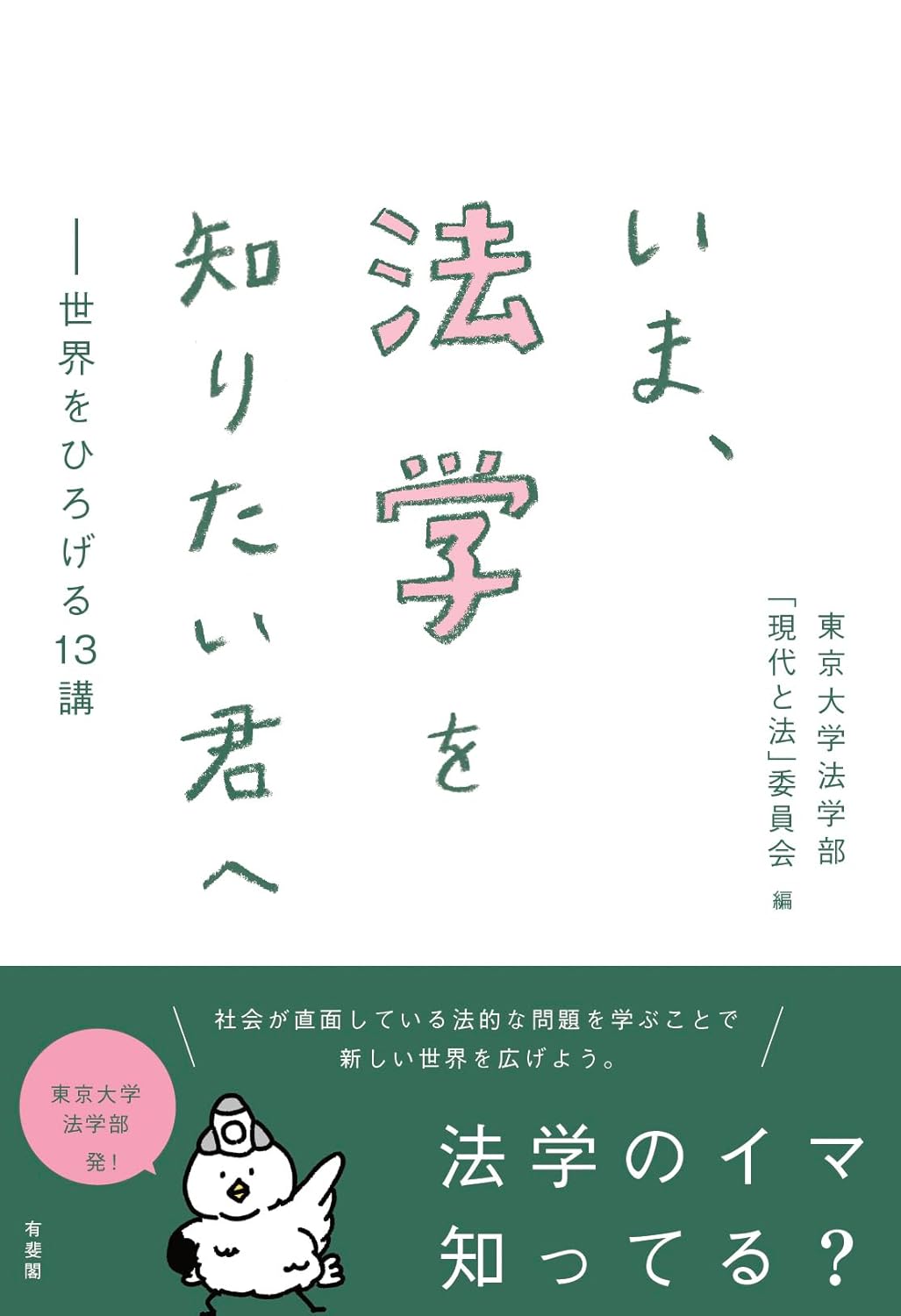
Title
Chizai no Riron (A Theory of Intellectual Property)
Size
510 pages, A5 format, hardcover
Language
Japanese
Released
December, 2019
ISBN
978-4-641-24325-5
Published by
有斐閣
Book Info
See Book Availability at Library
Japanese Page
Intellectual property law is a very difficult discipline.
First, if we grant that an intellectual property rights (IPR) system can be evaluated purely based on efficiency (as industrial and cultural development), this will entail problems related to intergenerational equity and verifiability. While patents and other intellectual rights, by offering exclusivity, may sanction static inefficiency in the present, they are also meant to create a more dynamic efficiency in the future by providing the incentive of exclusivity. The question then arises: which generation’s efficiency do we prioritize and to what extent? There is no unequivocal answer. In the first place, we do not have a precise measure for determining how much efficiency has improved or deteriorated at a given point in time.
Second, insofar as an IPR system cannot be justified based on efficiency alone, it must rely to a great extent on the political legitimization that stems from the decision processes. However, in the case of a typical democratic system, a problem arises: an IPR system creates a structural bias toward the minority. In other words, for the benefit of certain individuals (those who hold the rights), the IPR restrains the behavior of others broadly and shallowly. Generally speaking, government policy is more likely to be shaped by interests that are concentrated in the hands of a few than it is by the broad and shallow interests of the many. Whereas minority interests (the people who hold the rights) tend to lobby hard and have the ear of government, majority interests who are subject to broad and shallow regulation (the people who use the rights) are less likely to have their views reflected in policy. Consequently, IPR systems often end up over-regulating people’s behavior.
Third, whether or not their regulations are excessive, an IPR system will, in concentrating rights in the hands of the few, inevitably impose some restrictions on the many; and insofar as it does so, the IPR must be justified by natural rights to convince people of its legitimacy. To this end, an IPR system relies on metaphors, such as the idea of intellectual creations or intellectual property. However, these metaphors implant the notion that the regulations have, from the very outset, only ever been concerned with properties that belong to others, which belies the objective reality that what the regulations really target is the people’s own behavior. This false awareness serves to further strengthen the bias toward the minority.
This book consolidates a series of the author’s articles on these IP law problems, for which there are no easy answers. In these articles, the author examines whether IPR should be entrusted to the market or whether regulatory intervention is necessary, and if the latter, how to bring this about. In grappling with these thorny questions, the author maintains a focus on the metaphor that portrays IPR as government regulation—a metaphor whose vector is the reverse of the bias toward the minority. The articles in this book encapsulate how the author uses progressive trial and error to examine this topic: he has wrestled with these issues in a trial-and-error manner in the hope of edging a little closer toward a more satisfactory solution. The author hopes that this book will serve as a stepping stone in the path that we must continue to muddle through.
(Written by TAMURA Yoshiyuki, Professor, Graduate Schools for Law and Politics / 2020)



 Find a book
Find a book


 eBook
eBook
